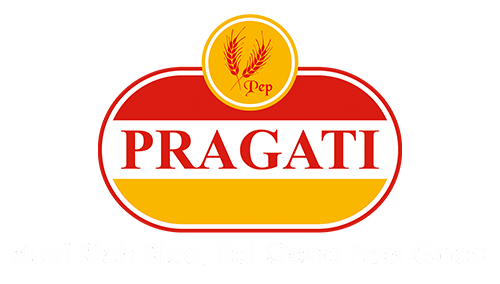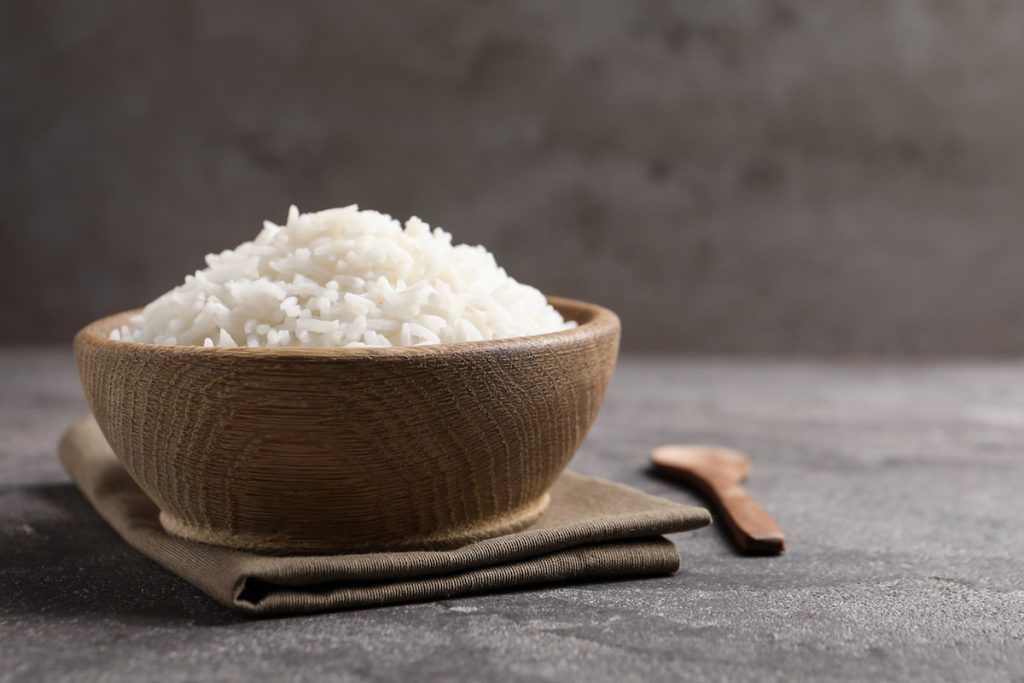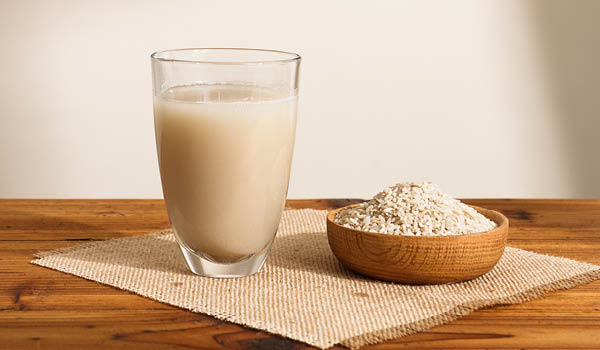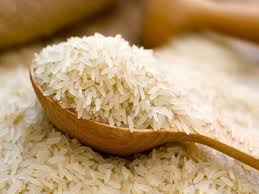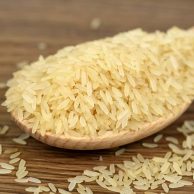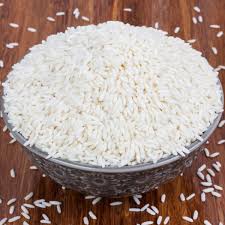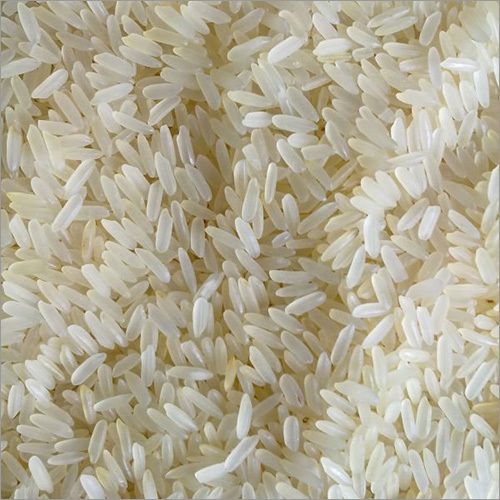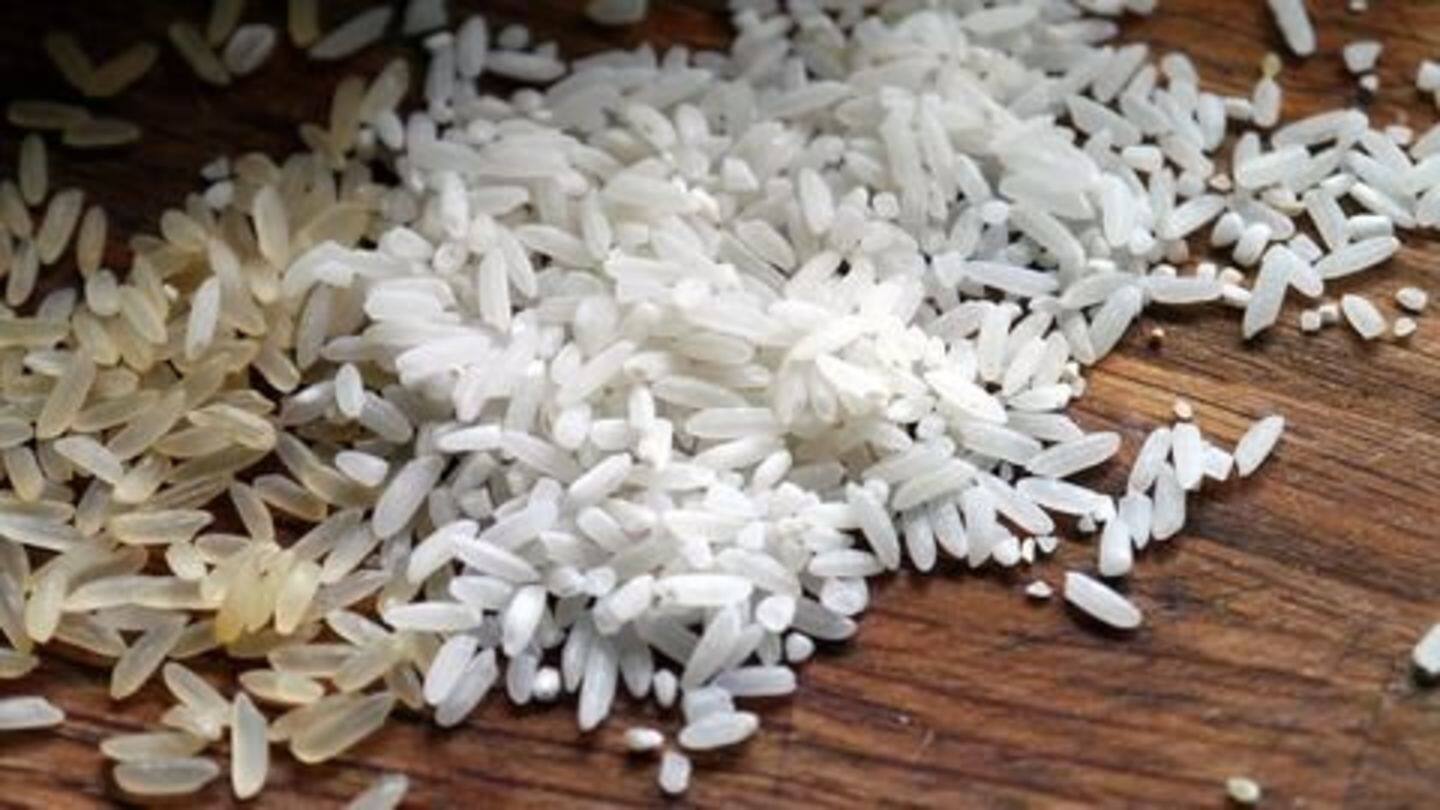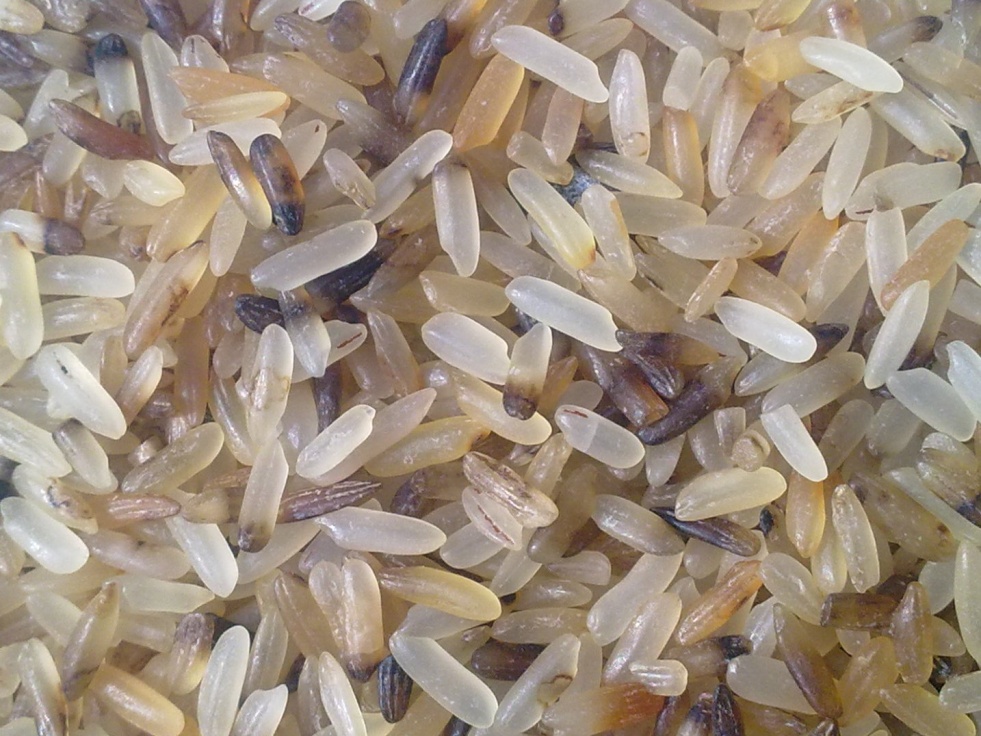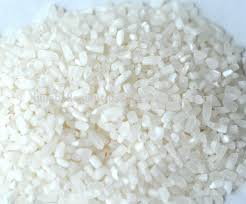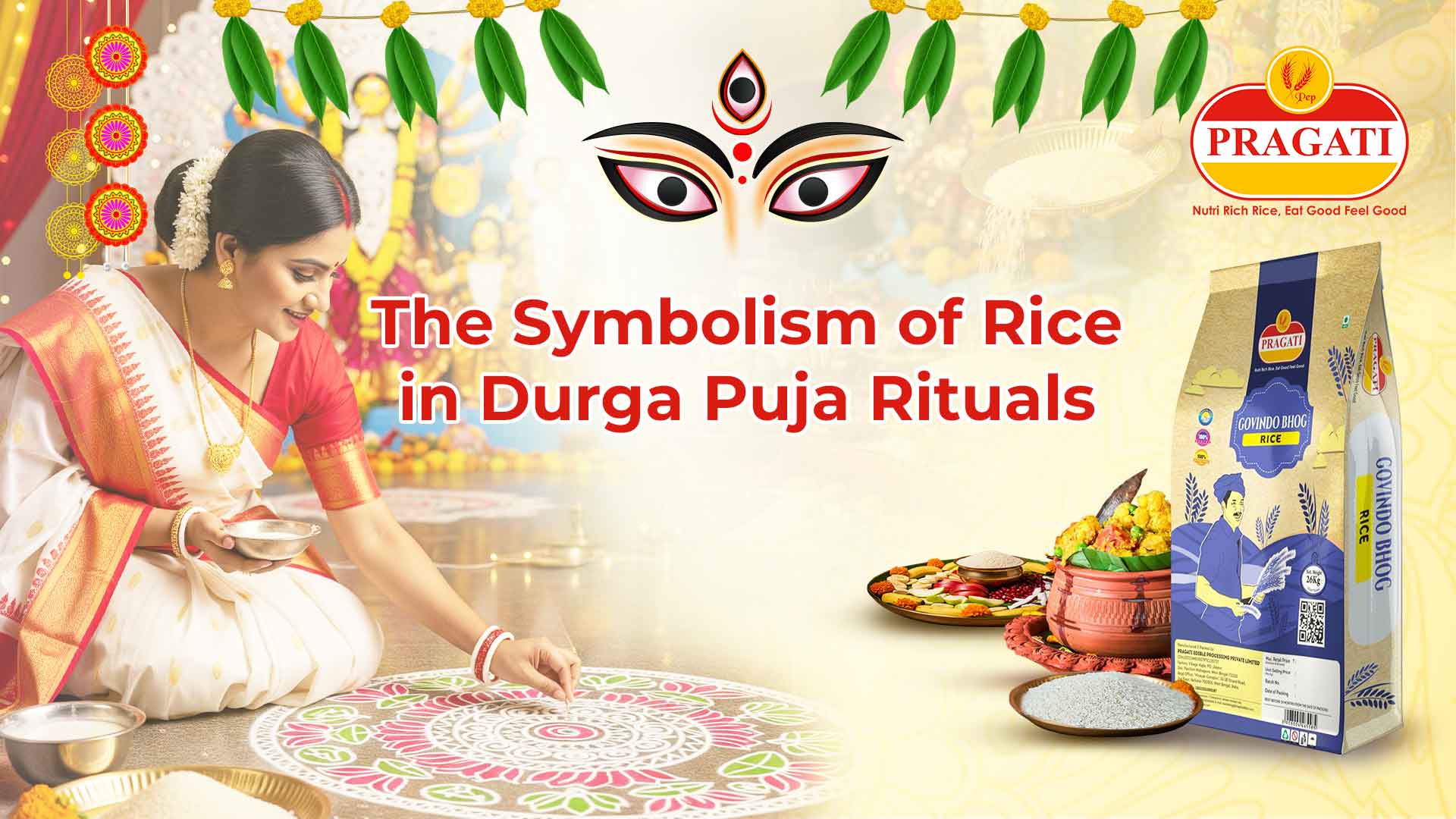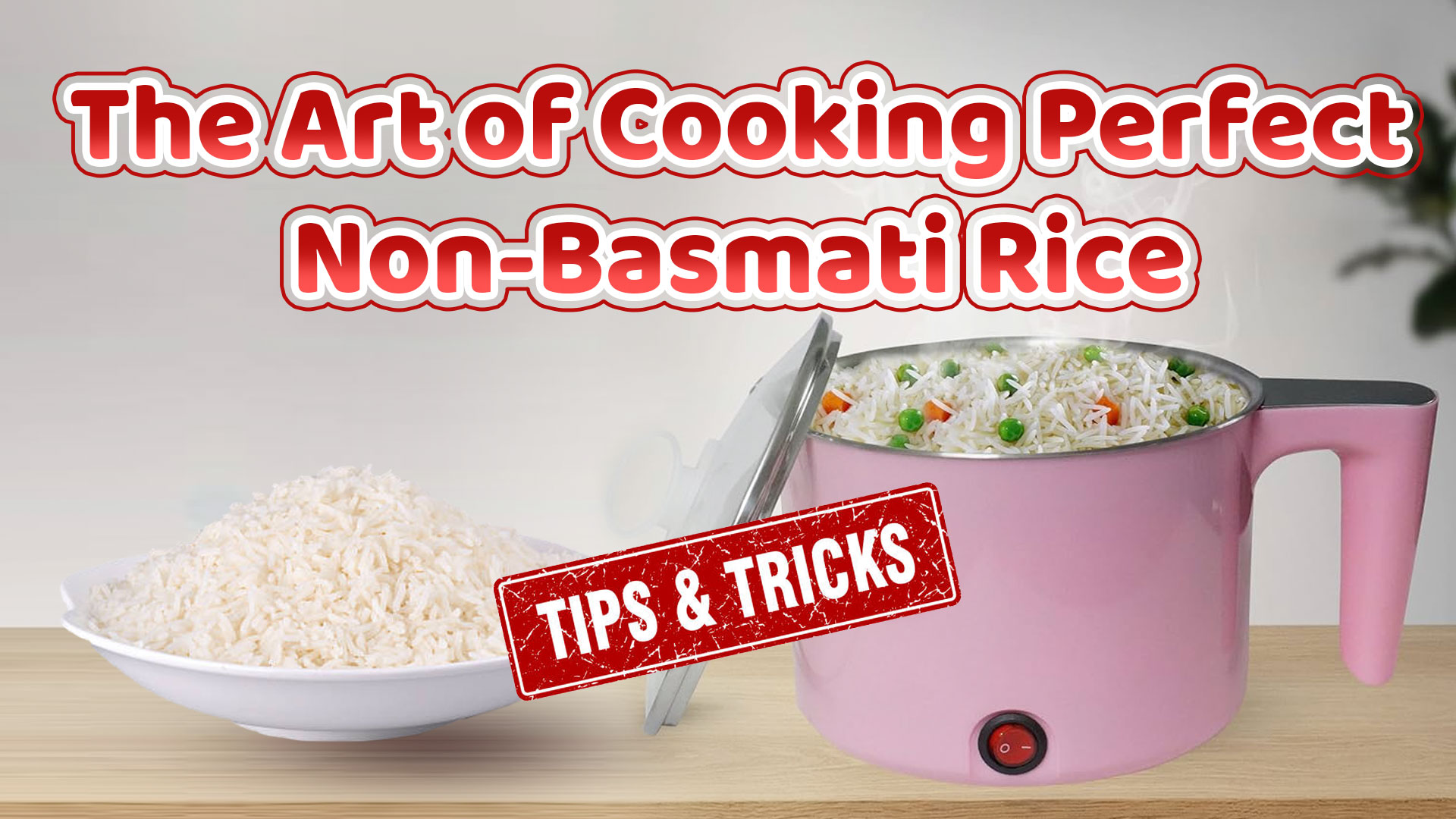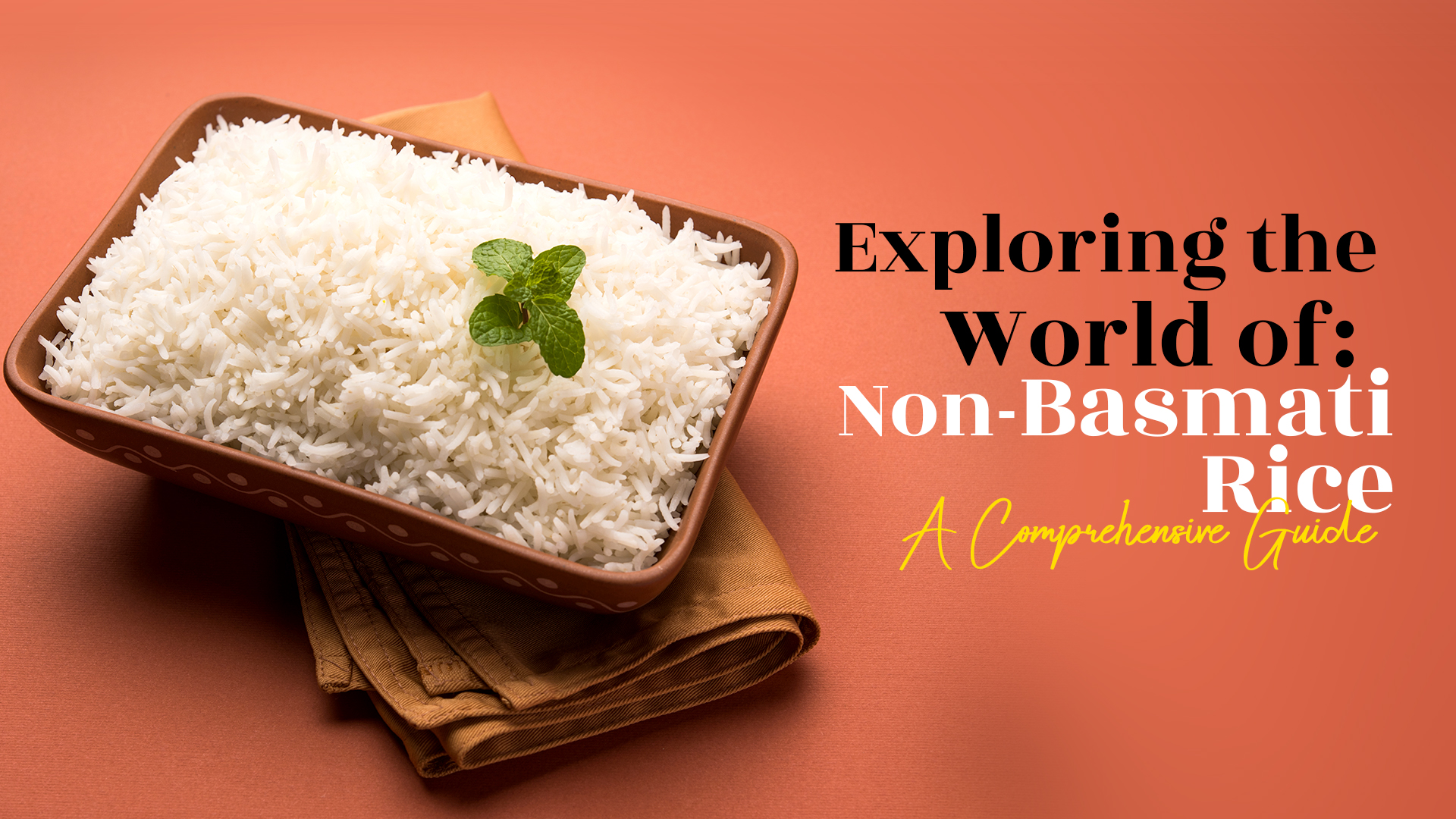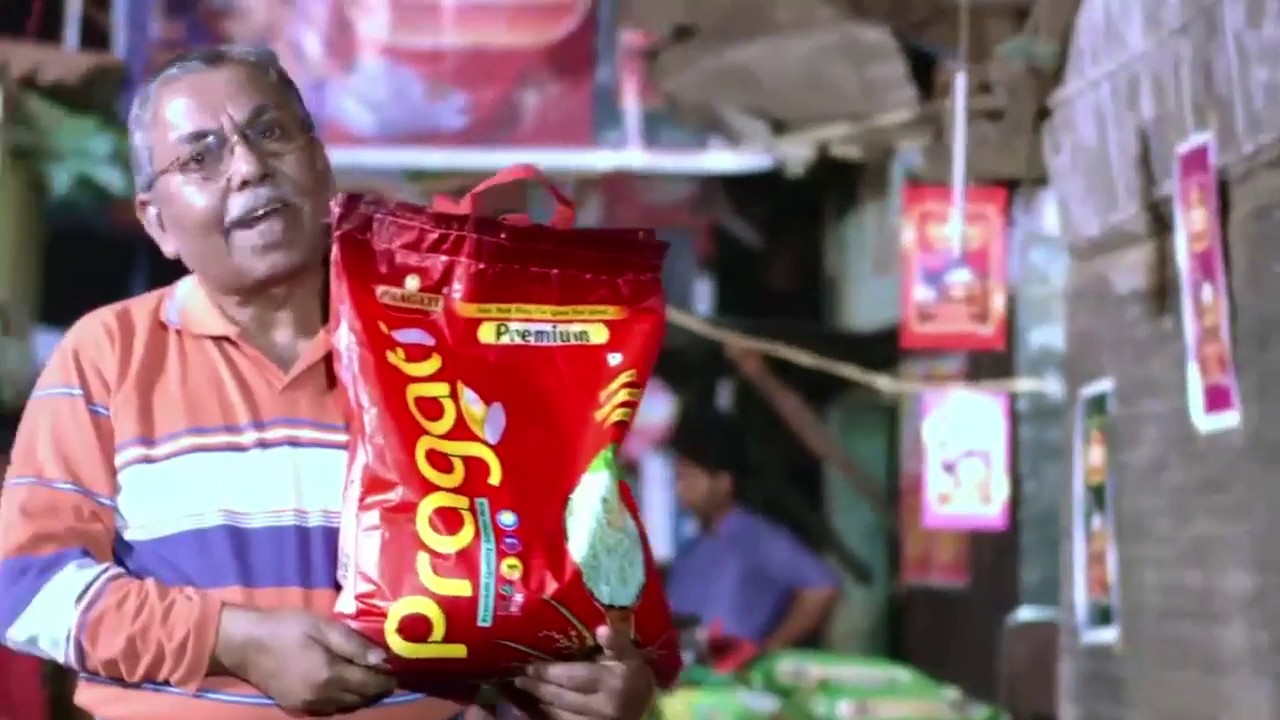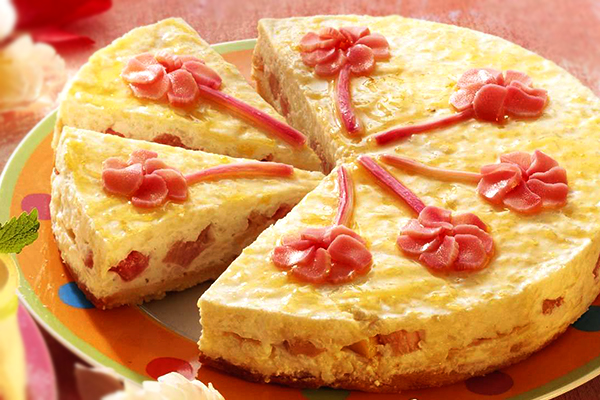
Parboiled rice is a type of processed rice which is pretty popular in Asian countries, especially in India. In some Asian countries, rice is being parboiled for ages as it makes it easier to remove the husk and it is healthy rice. In addition to easier extraction, it also adds to the texture and health benefits. Here, we shall see the significance of parboiled rice and why we should eat such rice.
What is Parboiled rice?
Parboiling takes place even before the rice is milled. Between the removal of inedible outer husk and before refinement to make white rice
Steps involved in the parboiling process:
• Soaking: The unhusked rice is drenched in slightly warm water to add some moisture.
• Steaming: After soaking the rice is steamed until the starch turns to gel. This process kills harmful bacteria too.
• Drying: Finally, the steamed rice is dried to make it fit for milling.
Nutrition comparison
During the parboiling process, some nutrients get absorbed into the starchy endosperm. This reduces the nutrient loss that takes place while refining to make white rice. Here is a comparison of 150 grams of cooked parboiled rice with the same amount of cooked white and brown rice.
|
Parboiled rice |
White rice |
Brown rice |
|
|
Calories |
194 |
205 |
194 |
|
Total fat |
0.5 grams |
0.5 grams |
1.5 grams |
|
Total carbs |
41 grams |
45 grams |
40 grams |
|
Fiber |
1 gram |
0.5 grams |
2.5 grams |
|
Protein |
5 grams |
4 grams |
4 grams |
|
Thiamine (vitamin B1) |
10% of the RDI |
3% of the RDI |
23% of the RDI |
|
Niacin (vitamin B3) |
23% of the RDI |
4% of the RDI |
25% of the RDI |
|
Vitamin B6 |
14% of the RDI |
9% of the RDI |
11% of the RDI |
|
Folate (vitamin B9) |
1% of the RDI |
1% of the RDI |
3.5% of the RDI |
|
Vitamin E |
0% of the RDI |
0% of the RDI |
1.8% of the RDI |
|
Iron |
2% of the RDI |
2% of the RDI |
5% of the RDI |
|
Magnesium |
3% of the RDI |
5% of the RDI |
14% of the RDI |
|
Zinc |
5% of the RDI |
7% of the RDI |
10% of the RDI |
It is evident that parboiled rice has more amount of thiamine, niacin, and other required nutrients as compared to white and brown rice. In addition to that, parboiled rice also has higher protein and fibre content which shows better quality rice.
Other benefits of unpolished parboiled rice:
Improved cooking and storage qualities: Parboiling makes rice less sticky which is needed if you need to keep the rice warm for a while before serving or if you want to reheat and avoid clumping. Also, parboiling is known to deactivate the enzymes responsible for breaking down rice fat. This ensures no rancidity and longer shelf-life.
Formation of Prebiotics: After steaming the resistant starch reaches your large intestine without being broken down by the small intestine and gets fermented by beneficial bacteria called probiotics. Prebiotics are good for your stomach.
May affect blood sugar less: It is believed that Parboiled rice may help diabetic patients; it does not raise sugar levels like white rice
Thus Parboiled rice has to be necessarily consumed in our lives, especially during the outburst of Covid-19. Consuming Parboiled rice is as important as practising Social distancing and Sanitisation during the reign of the Coronavirus. It is because of the presence of high nutritional value of this rice or the unpolished rice, in comparison to other kinds of rice. Consumption of such kinds of rice increases the immunity levels in our body and thereby helping us to fight against Covid-19 or to live a healthy life at large.
Apart from this, one more thing that has to be kept in mind is to avoid loose rice and to encourage packaged rice. We are a trusted rice processing company, working for ages in the field of manufacturing and supplying unpolished parboiled rice. During the outbreak of COVID, we strongly suggest taking unpolished and parboiled rice, to stay healthy enough to fight against the deadly virus. We provide the best and healthy quality rice, which if consumed will have nutritious results. We sell various types of unpolished and Parboiled rice, which can be easily selected and bought owing to the personal requirements. So now, say no to White or Brown rice, and say yes to Parboiled rice.
